For many, the idea of a Western hunt elicits feelings of excitement, enthusiasm, and maybe a bit of intimidation. It’s a significant undertaking—especially for those not residing in the West—but not an impossible one. Pennsylvania hunter and onX Ambassador Beau Martonik shares his strategy for planning the DIY (do-it-yourself) backcountry elk hunt of a lifetime from across the country.
In 2016, I went on my first true “adventure hunt” that would end up changing my life. I drove almost 2,000 miles across the United States towards the Rocky Mountains, ready to test my skills against the bull elk that call those mountains home. Success rates that year were less than 8% and the odds were most definitely not in our favor. No one in my family had ever hunted in the West, which made it a little scary, but we were ready to make it happen.
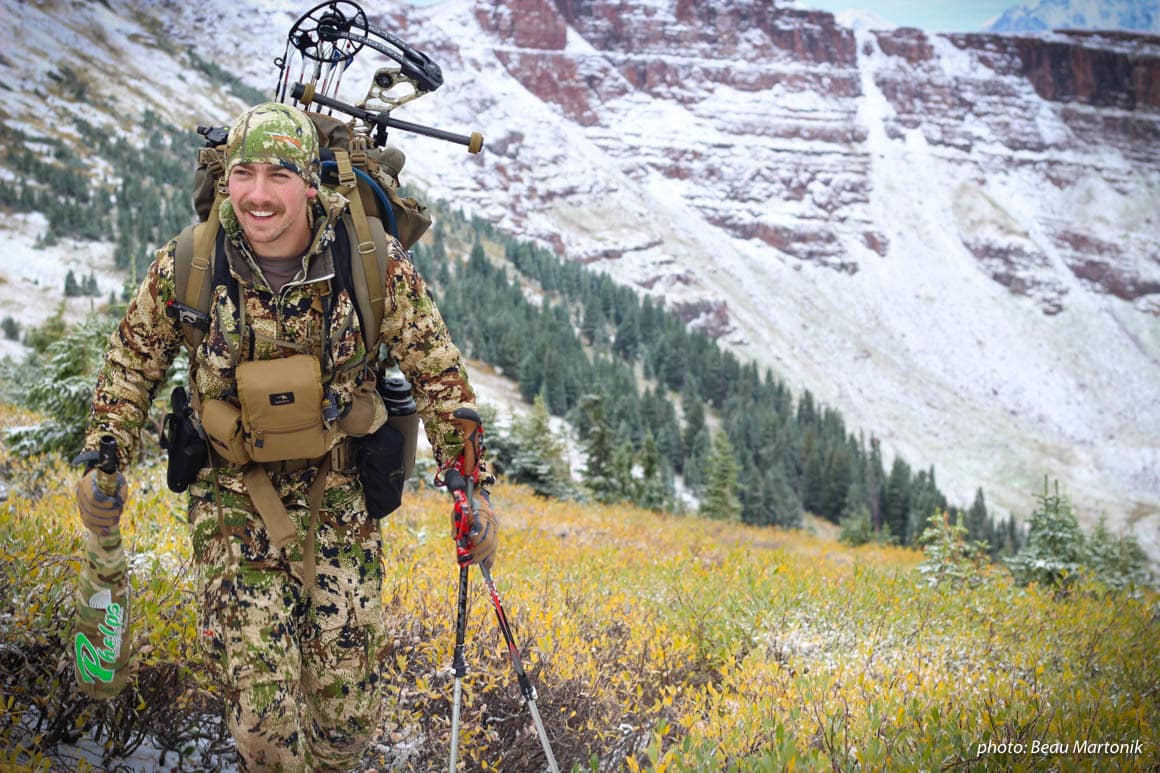
Less than eight months had passed from the time I decided that I wanted to go on a do-it-yourself backcountry elk hunt until that day I packed the truck to head West. My brother, cousin and I spent seven days in the backcountry of Colorado living off what we’d packed in, and while we came home with empty coolers, it was an experience that will never be forgotten. Here’s how we planned for our first Western hunt.
Planning Your Hunt
Hopefully, the opening paragraphs gave you the impression that if three Pennsylvania boys could make a trip like this happen in less than a year, you can too. The first thing you need to identify are your expectations. What are you looking for out of the hunt? How do you define success? Would you be happy with just the experience for your first trip, or is filling your tag with a big bull more important to you? There’s nothing wrong with whatever your expectations are, but clearly defining them will help you become more successful throughout the planning process and narrow down strategies that will work for you.
Decide which weapon you want to use. Knowing whether you want to use a bow, rifle, or muzzleloader will help steer you in the right direction for your initial research. Bowhunting typically presents the most over-the-counter (purchase tags without needing to enter a draw system) opportunities available and generally takes place earlier in the season. There are over-the-counter opportunities for muzzleloader and rifle hunts, but these are tougher to find and can have more hunting pressure.
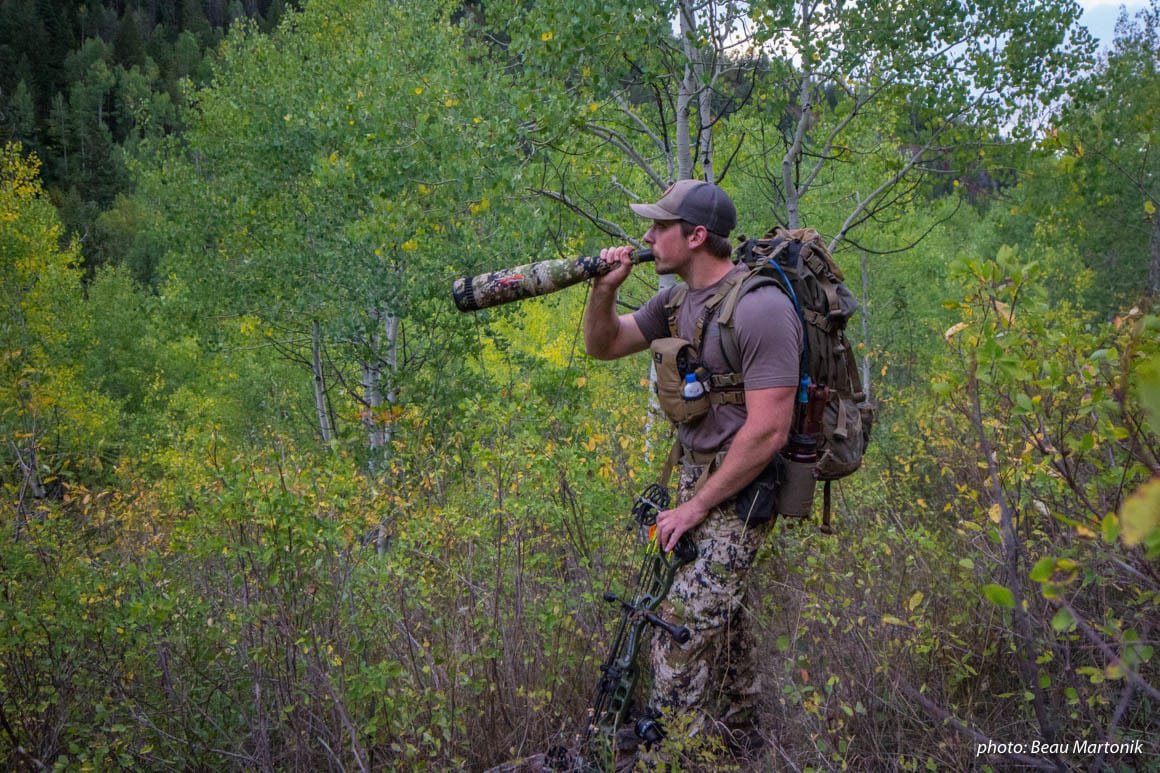
The two most common excuses I hear from people about why they “can’t go on a Western hunt” are time and money. While these are certainly valid concerns and potential roadblocks, it’s possible to plan and navigate around both points. Personally, I categorize both time and money into budgeting. Most readers have a job to pay the bills, and time off can sometimes be challenging to navigate.
I would recommend that you have at least seven or eight days to hunt if you are planning on doing it without a guide, and typically five to seven days if you are hunting with an outfitter. With travel, you are looking at 11 to 12 days on the calendar for unguided and seven to 10 days with a guided hunt. I like to maximize my weekend time so I’m using the least amount of vacation days possible; for example, I typically drive out on a Friday, hunt Sunday through Saturday, and then drive back on Sunday and Monday. That only requires seven days of vacation time, factoring in weekend travel. Flying instead of driving will cut down on a day or two of the trip but will need additional planning for getting your meat home if you are successful.
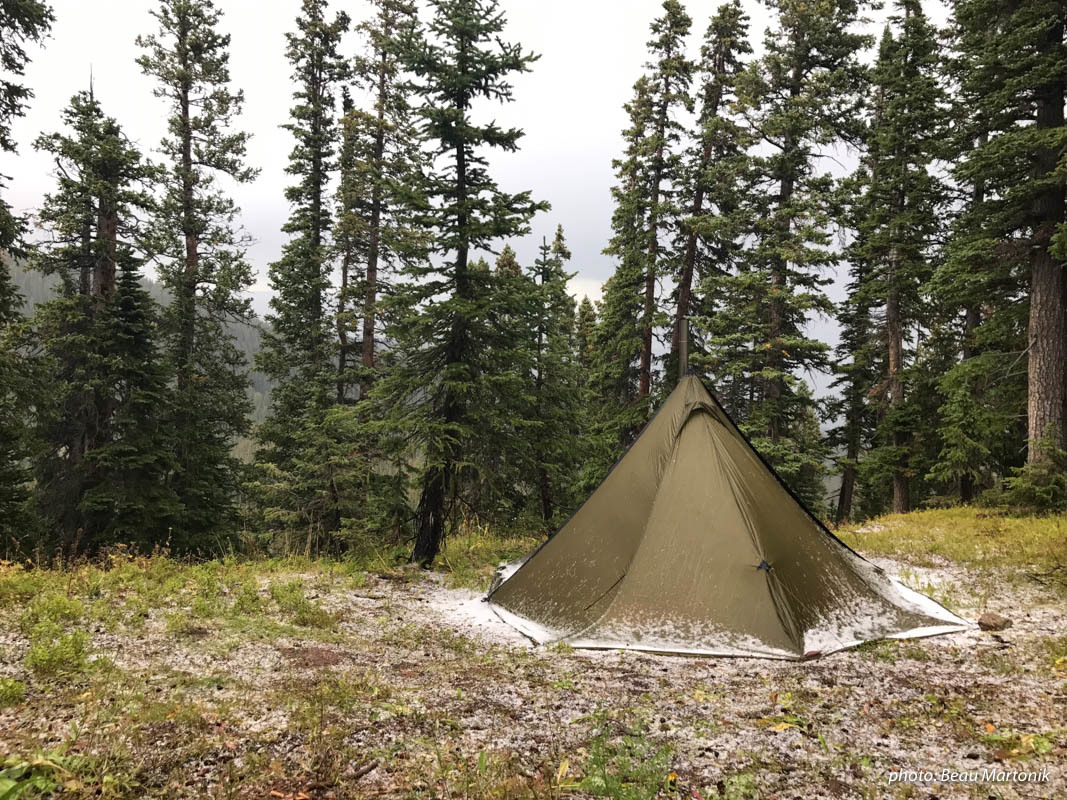
The other significant aspect that deters people from undertaking Western hunts is money. Here’s a breakdown of what it takes to go on a DIY elk hunt. Prices and items may vary, but this is a good starting point.
● Non-resident elk tag: $700 (Average)
● Fuel: $500 (Based on a 3,000-mile round trip with gas at $2.50/gallon. If you’re traveling with a couple of buddies, this cost can be split.)
● Essential gear: $500-700 (This can fluctuate as much or as little as you want, depending on what you have and/or want)
● Food: $200
Total cost of the hunt: $1,900 – $2,100
Budgeting is all about priorities. Many of us have vehicle payments ranging from $400 – 700 / month. If hunting is really important to you, maybe driving a vehicle that is a few years older will still provide you with reliable travel but free up enough money to make a hunt happen every year.
There are different types of hunts available for every budget range. The DIY-style hunts—where you are on your own with all aspects of the hunt—are the most cost-effective option described in the budget breakdown. You always have the other option of going with an outfitter, which will be much more costly, but if your goal is to check an animal off the bucket list or find success in filling a tag, this may be a viable option. If you are an active participant in the hunt with an outfitter, you can learn a lot for future DIY hunts.
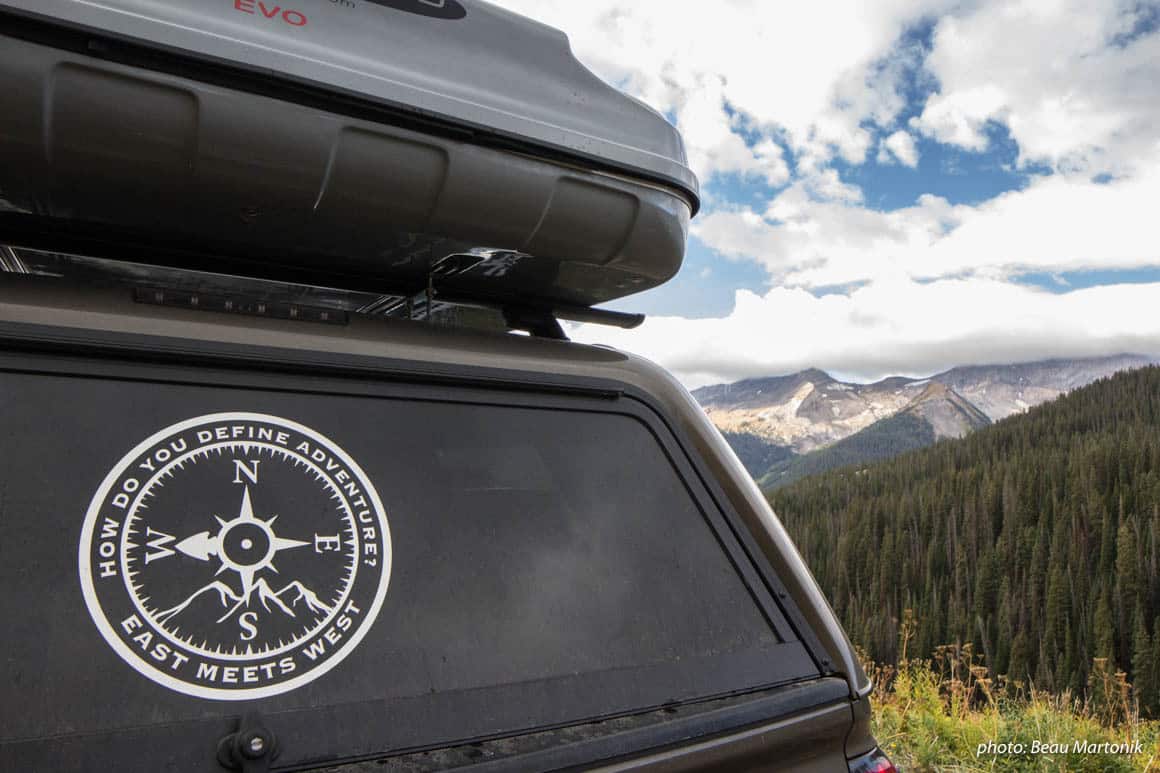
A third option is a drop camp hunt. An outfitter will pack you into the backcountry on horses, have a camp set up, and pack the meat out if you are successful. There are many variables with drop camps, and costs often range between $1,500 – 3,500 depending on the location, outfitter, and other factors.
Preparing for the Hunt
Now that you have an outline of your goals and an idea of what the hunt will look like, it’s time to choose the state and species. For the purposes of this example, I’ll focus on elk hunting.
Using onX Hunt Central, look at different states and see the season dates, tag/license prices, public land percentage, trophy potential, and more. View each hunting unit to see all of the details regarding the unit, which will help you decide where to hunt. (Hunt Central is free to use, so there’s no budget item here!) In addition to Hunt Central, I refer to the state’s DNR website or online courses to get more supporting information.
Once a unit is determined, it’s time to dive in and scout the area. No, you don’t need to buy a plane ticket and physically walk the area to scout. Use the onX Hunt App on your computer, smartphone, and tablet to view each unit. Specific layers will help you explore public land/private land boundaries, trail/road systems, roadless areas, timber cuts, burn areas, and more, making it a scouting tool you can use without actually visiting the unit.
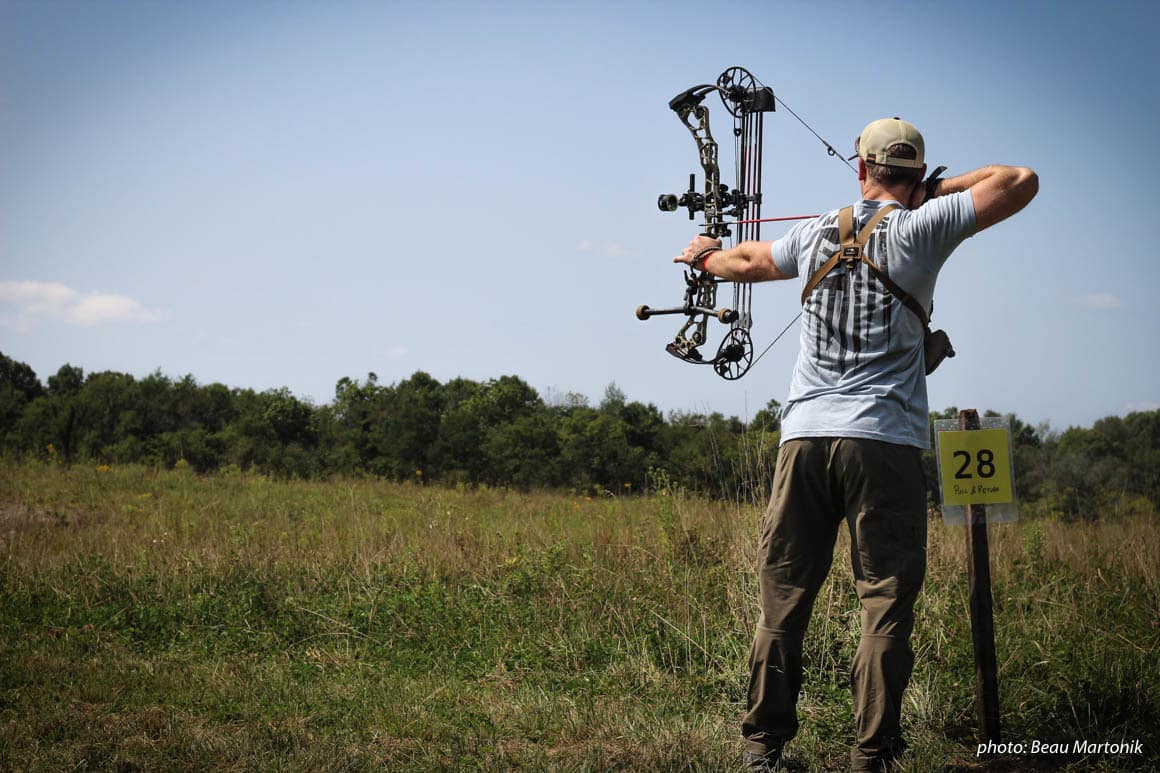
Knowledge is key to your preparation, so take the time to learn as much as you can about the specific species you’re hunting. The internet allows us to have endless amounts of information at our fingertips, so use it! Podcasts, books, articles, and online courses are all available at the press of a button or the opening of a page.
While scouting is taking place, you can’t forget about preparing your body physically and your mind mentally. Is being in the best shape absolutely necessary? Probably not. There are people who get it done without being in optimal physical condition, but you’ll find more enjoyment in the mountains if you’ve taken the time to prepare. When you are physically preparing for a hunt you live a healthier lifestyle, are at less risk for injury, and have both the confidence and mental strength to endure multiple long days in the field.
There are many ways to get into hunting shape, and my biggest advice is to be consistent with whatever you do.
Think about using these tools to increase your fitness level:
● Gym workouts
● Bodyweight workouts at home
● Running
● Hiking with a pack: Put some weight in your pack and use the boots you plan on using on the hunt; ensure the gear fits and is comfortable
● Events like Train to Hunt and adventure races can hold you accountable while testing your abilities under stress
Beyond fitness, hunters love to talk about gear. It’s easy to go overboard, spending a lot of money on high-end products and taking shortcuts that could, in the end, be detrimental to your hunt. Backpacking-style hunts typically require more gear than any other type of hunt, while you’ll find it’s possible to get away with less if you plan on staying at the truck every night.
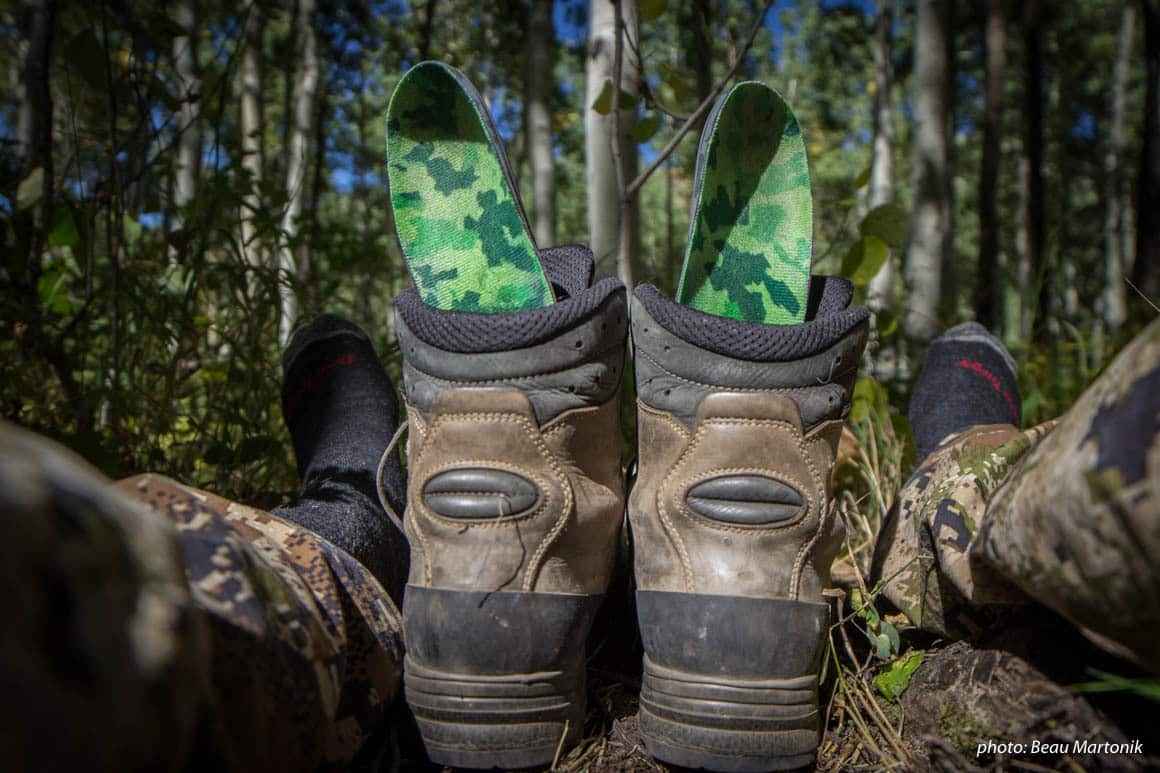
My view on gear has always been that once you buy it, you typically have it for a long period of time. When it comes down to having only enough money for tags or a new bow, I’m buying the tags without thinking twice. With that being said, better gear means increased comfort.
Here are a few of the items that I think are worth spending money on quality gear.
● Backpack: If you are going to be hauling the meat out of the backcountry yourself, having a quality pack can really increase your comfort for days on end. The first year I went out West my backpack failed, resulting in the bag ripping while my cousin’s main hip belt buckle snapped on day two. We regretted buying the cheap gear.
● Boots: You’ll spend a lot of time in your boots, so finding the right pair that properly fits your feet is essential. Finding a place to try on boots for Western hunting can be difficult in the East and Midwest, so look for places online that allow free return shipping and exchanges.
● Clothing: Proper layering systems can truly make or break a hunt, especially in the backcountry. When you can’t change your clothes every night, having the right clothes that can keep you comfortable and safe is paramount. Avoid cotton; from your underwear and socks to your outer layers, synthetic and merino wool clothes are a necessity. I wrote an article on layering systems which goes into more detail as to why.
● Mapping: Knowing where you are at all times is important for safety as well as the hunt itself. Using the onX Hunt App, this is available at our fingertips within our smartphones.
Here’s my full gear list for a backpack hunt.
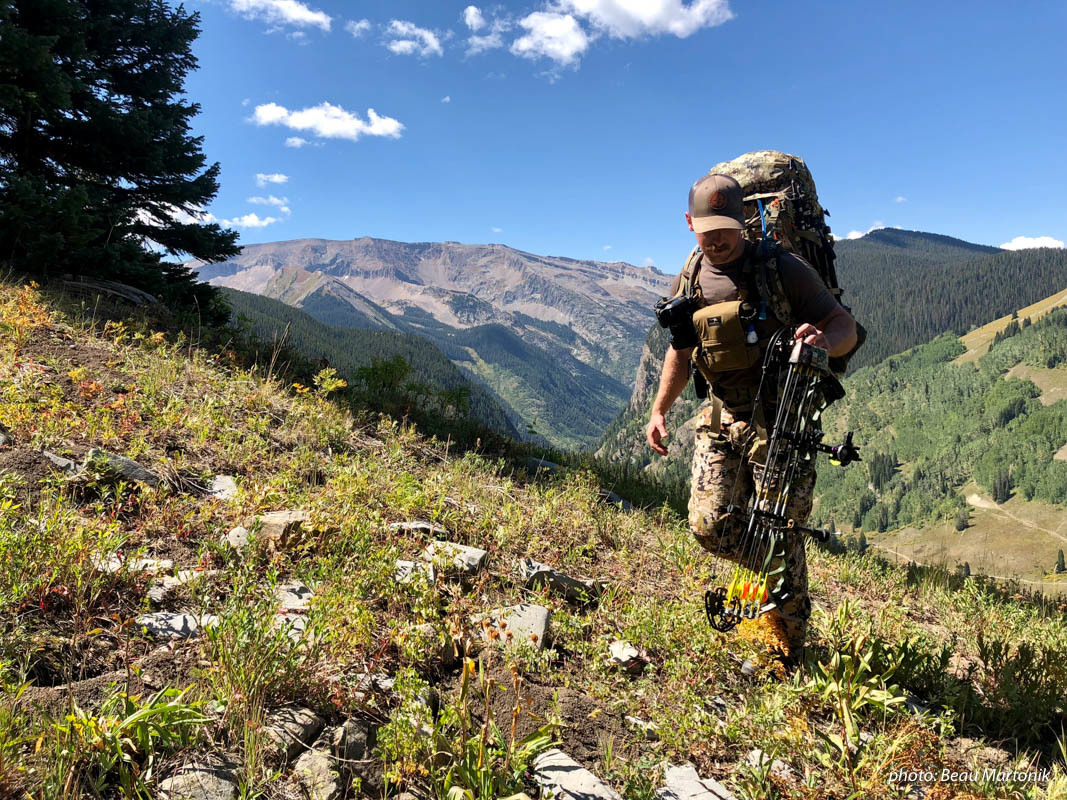
Executing the Hunt
Everything I’ve discussed up to this point is only important if you actually make the hunt happen. It’s easy to dream about it while having a few beers with your buddies, but making it happen is where most people quit. Put it on the calendar and commit to the hunt! As much as you prepare, you are never going to be completely ready for it. Just do it, and you will learn skills to apply the next time.
Even though I was unsuccessful in filling a tag on my first hunt, the idea of a Western hunt keeps bringing me back every year. Going on that first hunt changed my life for the better. You grow as a person when you are put in uncomfortable situations, and that growth will carry over to every aspect of your life. The old saying, “You miss 100% of the shots you don’t take” is very applicable to going on a Western hunt. Make it happen and I promise that you won’t regret it!
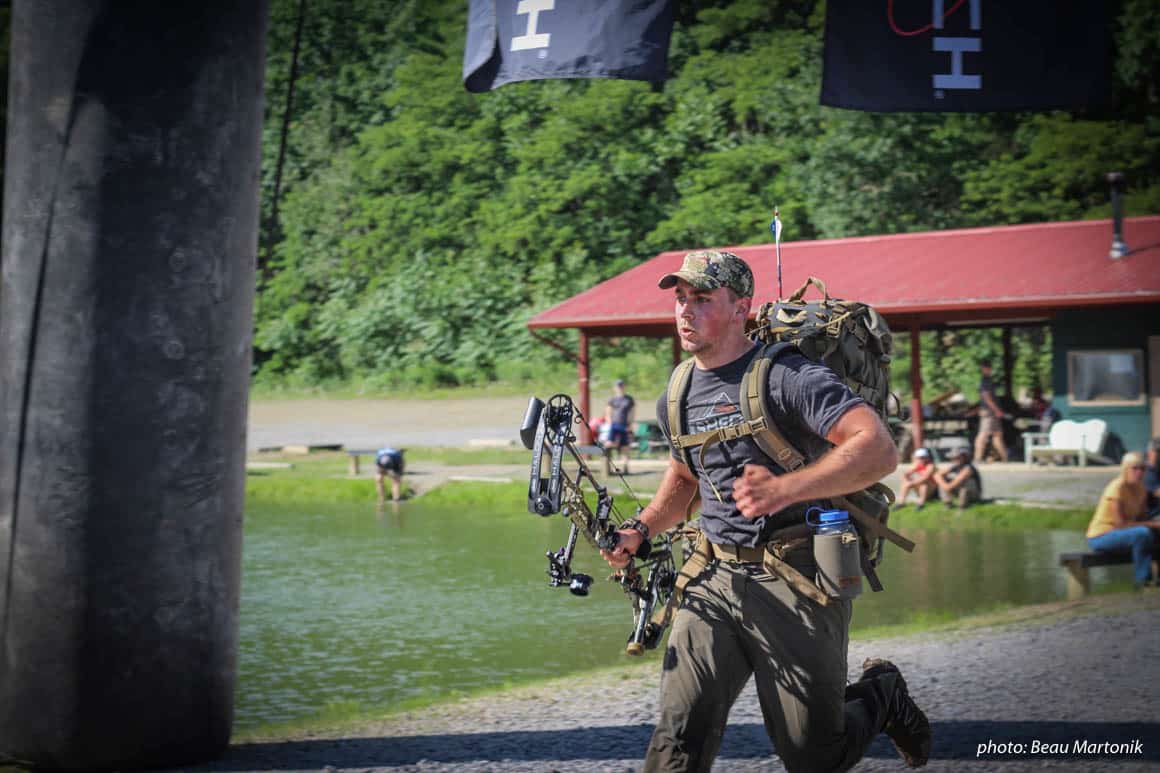
Author: Beau Martonik
Beau is a hunter, outdoorsman, writer and podcaster. He grew up in the heart of the Allegheny National Forest and found out at an early age that the Appalachian Mountains would consume all of his spare time. His latest business venture, East Meets West Outdoors, is designed to help others experience adventure hunting in wild places from the Rockies to the Appalachian Mountains through a podcast and blog.